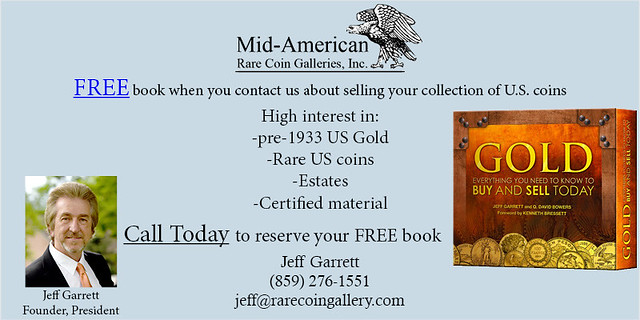
PREV ARTICLE
NEXT ARTICLE
FULL ISSUE
PREV FULL ISSUE
DO WE CALL THEM SO-CALLED DIMES?Here's an interesting article by Paul Williams inspired by part of the collection of author Benjamin Fauver, which is being sold by Holabird Americana. Here's an except - see the complete article online. -Editor Dime Sized Counters or Small Tokens? by Paul Williams
Benjamin Fauver had a box in his collection labeled "So-Called Dimes." In it were a series of dime sized tokens that fit the definition of the "So-Called" part of "So-Called Dollars." The tokens are all exposition commemorative pieces, but all dime (18mm) sized. But So-Called Dimes? The humble dime is in our culture: "Somebody Loan Me A Dime," a "dime-a-dozen". "Brother, Can You Spare a Dime?" is one of the best known songs from the Great Depression. Harold E. Hibler and Charles V. Kappen wrote the book on So Called Dollars in 1963, and defined their focus: "This present work is restricted to medals of an exposition, commemorative, monetary and kindred nature. ...From the beginning, however, it was necessary to establish the following specific limitations in order to contain our efforts within a manageable perimeter." We can imitate the parameters of a SoCalled Dollar: 1. United States only 2. Minimum and maximum: 16-20 mm. 3. Looped material is essential as many were made to be worn. (Very few So Called Dollars have loops as they were heavier to wear.) 4. No plastic, fiber or similar material because they are metal. 5. No political medals. Enough with the rules. The medals in the Fauver Collection are mostly 18 mm: the same size as a dime. Each are commemorating an exposition or commemorative event.
The collection of collector Benjamin Fauver represented 23 different states, with California being the most prolific. Expositions became popular after the success of the 1893 Columbian Exposition: The Chicago World's Fair.
To read the complete article, see:

Wayne Homren, Editor The Numismatic Bibliomania Society is a non-profit organization promoting numismatic literature. See our web site at coinbooks.org. To submit items for publication in The E-Sylum, write to the Editor at this address: whomren@gmail.com To subscribe go to: https://my.binhost.com/lists/listinfo/esylum All Rights Reserved. NBS Home Page Contact the NBS webmaster 
|

